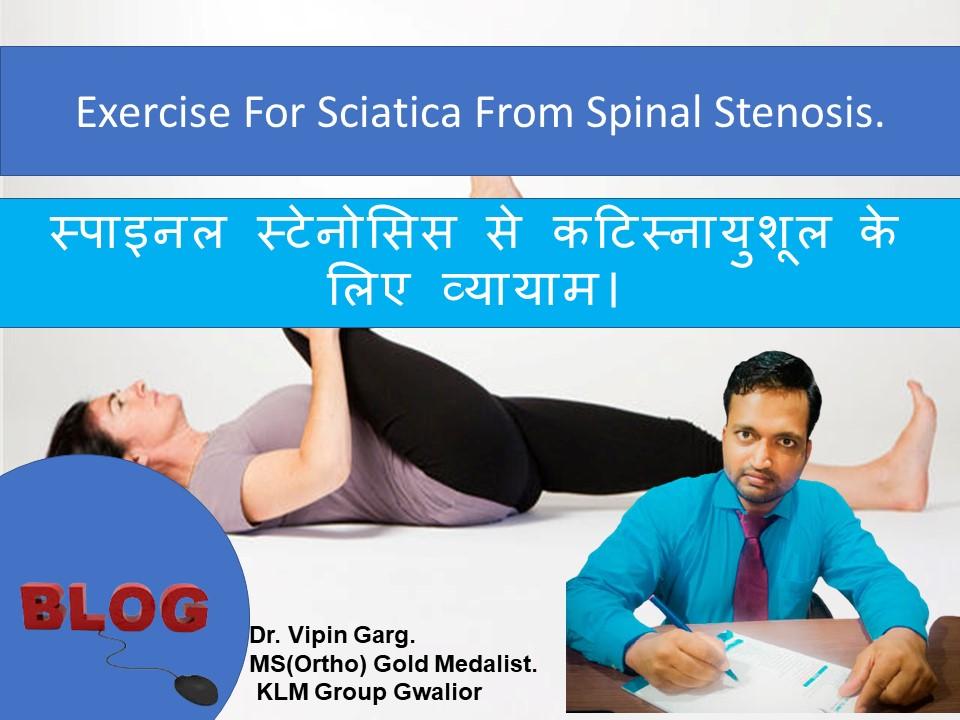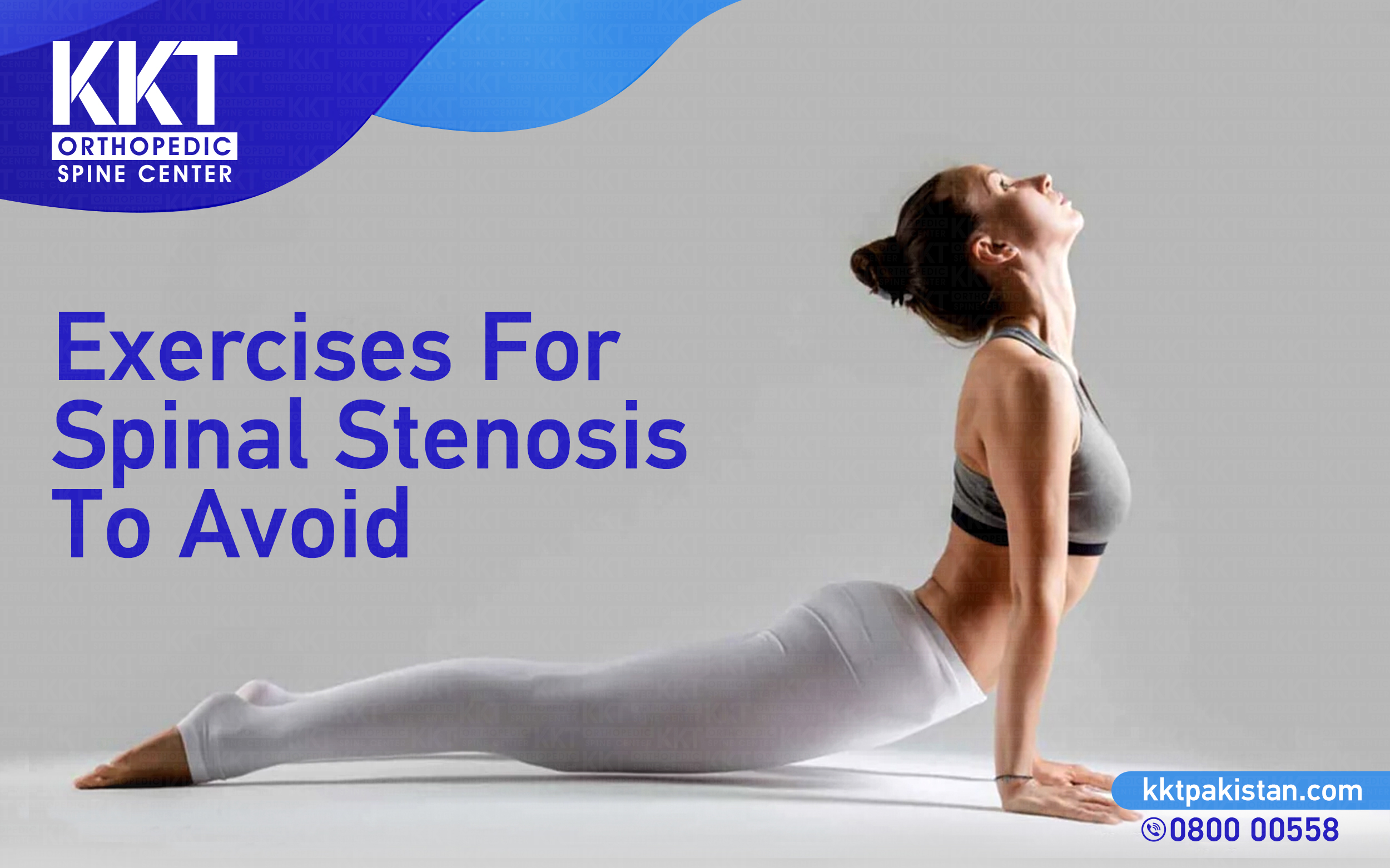Exercises For Spinal Stenosis And Sciatica

Severe back and leg pain disrupting your life? Relief may be closer than you think. Targeted exercises can significantly alleviate symptoms of spinal stenosis and sciatica, offering a path to improved mobility and reduced pain.
This article outlines essential exercises recommended by experts to manage these conditions, empowering you to take control of your spinal health. We aim to give clear, actionable information to help individuals struggling with these debilitating conditions.
Understanding Spinal Stenosis and Sciatica
Spinal stenosis is a narrowing of the spinal canal, often affecting the lower back and neck. This narrowing can compress the spinal cord and nerves, leading to pain, numbness, and weakness.
Sciatica refers to pain radiating along the sciatic nerve, which runs from the lower back down the leg. It's frequently caused by a herniated disc, bone spur, or spinal stenosis compressing the nerve.
Essential Exercises for Relief
Before starting any exercise program, consult with your doctor or physical therapist. They can help you determine the most appropriate exercises for your specific condition and limitations.
Pelvic Tilts
Lie on your back with your knees bent and feet flat on the floor. Gently tilt your pelvis upward, flattening your lower back against the floor. Hold for a few seconds and repeat.
This exercise strengthens abdominal muscles and improves spinal flexibility, helping to reduce pressure on the nerves.
Knee-to-Chest Stretches
Lie on your back with your knees bent and feet flat on the floor. Gently pull one knee towards your chest, holding it with your hands. Hold for a few seconds and repeat with the other leg.
This stretch helps to relieve pressure on the sciatic nerve and improve flexibility in the lower back.
Cat-Cow Stretch
Start on your hands and knees, with your back flat. Inhale and arch your back like a cat, tucking your chin towards your chest. Exhale and drop your belly towards the floor, lifting your head and tailbone.
This exercise promotes spinal mobility and flexibility, reducing stiffness and improving circulation.
Partial Crunches
Lie on your back with your knees bent and feet flat on the floor. Place your hands behind your head for support. Gently curl your upper body off the floor, engaging your abdominal muscles.
Avoid pulling on your neck and only lift a few inches. These strengthen core muscles, which provide support for your spine.
Hamstring Stretches
Lie on your back with one knee bent and foot flat on the floor. Loop a towel or resistance band around the other foot, extending the leg towards the ceiling. Gently pull on the towel to stretch your hamstring.
Hold the stretch for a few seconds and repeat with the other leg. Tight hamstrings can contribute to lower back pain, making this stretch essential.
Important Considerations
Listen to your body: Stop any exercise that causes sharp or worsening pain. Gradual progression is key. Don’t overdo it, especially when starting out.
Consistency is vital: Aim to perform these exercises regularly, ideally several times a week. Results may not be immediate, but consistent effort will lead to improvement over time.
Proper form matters: Focus on maintaining correct posture and technique to maximize benefits and minimize the risk of injury. Watching videos or working with a physical therapist can ensure proper form.
The Role of Physical Therapy
Physical therapy plays a crucial role in managing spinal stenosis and sciatica. A physical therapist can create a personalized exercise program tailored to your specific needs and limitations.
They can also provide manual therapy, such as massage and mobilization, to further relieve pain and improve mobility. According to the American Physical Therapy Association, early intervention with physical therapy can significantly improve outcomes for individuals with these conditions.
Pain Management and Medication
While exercises can provide significant relief, they may not be enough to completely eliminate pain. Over-the-counter pain relievers, such as ibuprofen or acetaminophen, can help manage mild to moderate pain.
In some cases, your doctor may prescribe stronger pain medications or anti-inflammatory drugs. Epidural steroid injections can also be considered to reduce inflammation around the spinal nerves, but these are typically reserved for more severe cases.
Next Steps
Don't delay seeking professional help. Consult with your doctor or a physical therapist to develop a comprehensive treatment plan that includes exercises, pain management strategies, and lifestyle modifications.
Continued research is ongoing to improve treatments for spinal stenosis and sciatica. Stay informed about new developments and consult with your healthcare provider to explore all available options. You can find additional resources at the National Institutes of Health (NIH) website.


















